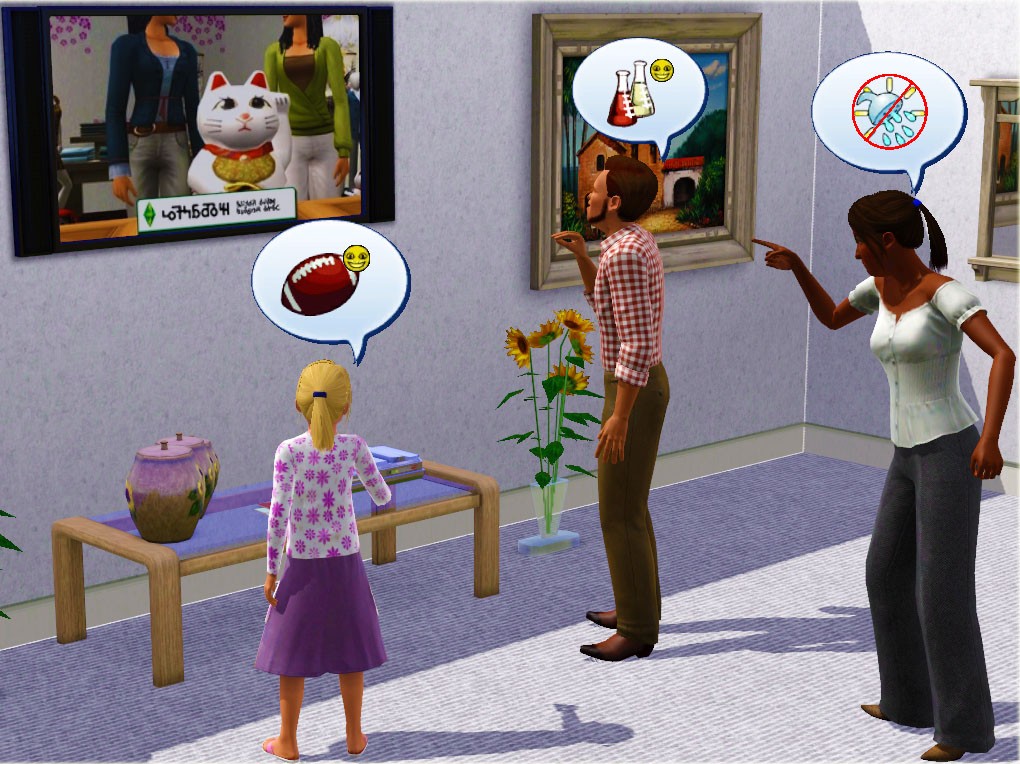Podcasting or listening to podcasts?
Podcasting is a difficult task. This is the idea everyone gets when going through the experience of podcasting, all that scripting, audio recording, hours of editing of the material to get a 10-minute audio. As a teacher, I like to challenge my students, to create new content and express their ideas and thoughts in any way possible. A combination of my teaching philosophy and obsession with tech would likely result in me having my students go through the experience of podcasting, but somehow I’m inclined to avoid this task.
Collaborative Writing Spaces
Websites and software providing the service of collaborative writing spaces are a relatively new introduction to the field of E-learning. Some of the most notable examples include Google docs and “Shared documents” option on Microsoft Office Suite and Pages on Mac OS, a popular alternative is Wiki Spaces which takes a slightly different approach to online collaboration. A lot of these applications emerged in education when the need to collaborate with others became a priority in education, especially in language learning as more and more communicative approaches to learning started to be implemented by the teachers. Nowadays working on group projects without the collaborative writing spaces being the primary tool is difficult...
Digital storytelling
A great assignment for digital story writing would be the one where students would be able to demonstrate as much creativity as possible. For example, asking students to create video tours of their favourite destinations in their city/village. For a task like this, students would need to have an A2 proficiency and be at least 12 years old. The thing with this task is that it could be done at any age and proficiency, after the set limits. The students wouldn’t need to show any of their personal belongings or feelings when talking about streets or parks, this way it’s still personal because they are showing what they love the most within a set category, but are still not obliged to show something they don’t want to.
Video Games in EFL
Video gaming is one of the most exciting technologies that can be integrated into an EFL classroom for students and quite a few teachers and, unfortunately, only a small number of parents. For this reason, the teachers are faced with a task of choosing a game that would provide learning opportunities for the students, reliable data for teachers to assess and safety margins for parents to be excited about the outcome of such technology integration in an English language classroom.
3D Virtual Worlds in ELT

Use of 3D virtual worlds in TEFL is a relatively new way of building language learning activities, as the technology and field are still somewhat questionable. With great advantages that the virtual 3D worlds bring, also come the disadvantages which both teachers and parents are most likely to want to avoid. Along with advantages and disadvantages related to the subject, educators online also tend to argue that are very few options that are feasible to educational contexts such as Minecraft, Dream City Idols or Second Life, however even these come with a great amount of risk for the teacher and learner.
Mobile Assisted Language Learning (MALL) Activity Ideas for an EFL Classroom
Mobile assisted language learning brings a lot of opportunities for the teachers to try out new thing and learning approaches that would either be problematic or counter-productive without the latest technologies of MALL, also the issue of price-per-device comes in which is a huge issue for any teacher that wants to try out but the setting or school does not allow it.
Artificial Intelligence and Speech Recognition in TEFL
With great advancements in the connection of language teaching and artificial intelligence comes great responsibility (not a reference to a movie) but more importantly the knowhow of using it in the correct way and understanding it for what it is, while reading research to understand what are its latest achievements and what it can do. Artificial Intelligence is the very thing that outdated, sad or religious (or / and any combination of those) teachers fear due to their lack of understanding of its great potential in all of the fields that it tries to evolutionise, discussed in the current case - TEFL.
Big Data Analytics
Big data and analytics provide great insight into education and its ways of “happening”. It’s very interesting and useful to review such analyses and find ways to apply the gained information to your own specific classroom, as we know no matter how externally valid article results are, each classroom is different in its own little way.
Blended Learning Design
Considering the educational context of Armenia, a step in the right direction at the current stage would be blended learning designs. This is a short-term trend, meaning that the trend is driving educational technology in higher education for next few years.
Response to the parents concerned about the effects of media and digital games on their children
Technology and its use has long been a debated topic, people do realize how beneficial all of these tools are to the development of the mind, though fail to understand what are some of the negative effects that these could have on a child or teen. Failing to understand some of the concepts in teaching combined with technology some parents may exaggerate the benefits and disadvantages that tech can have, causing a further misunderstanding between them, the child and the teacher.